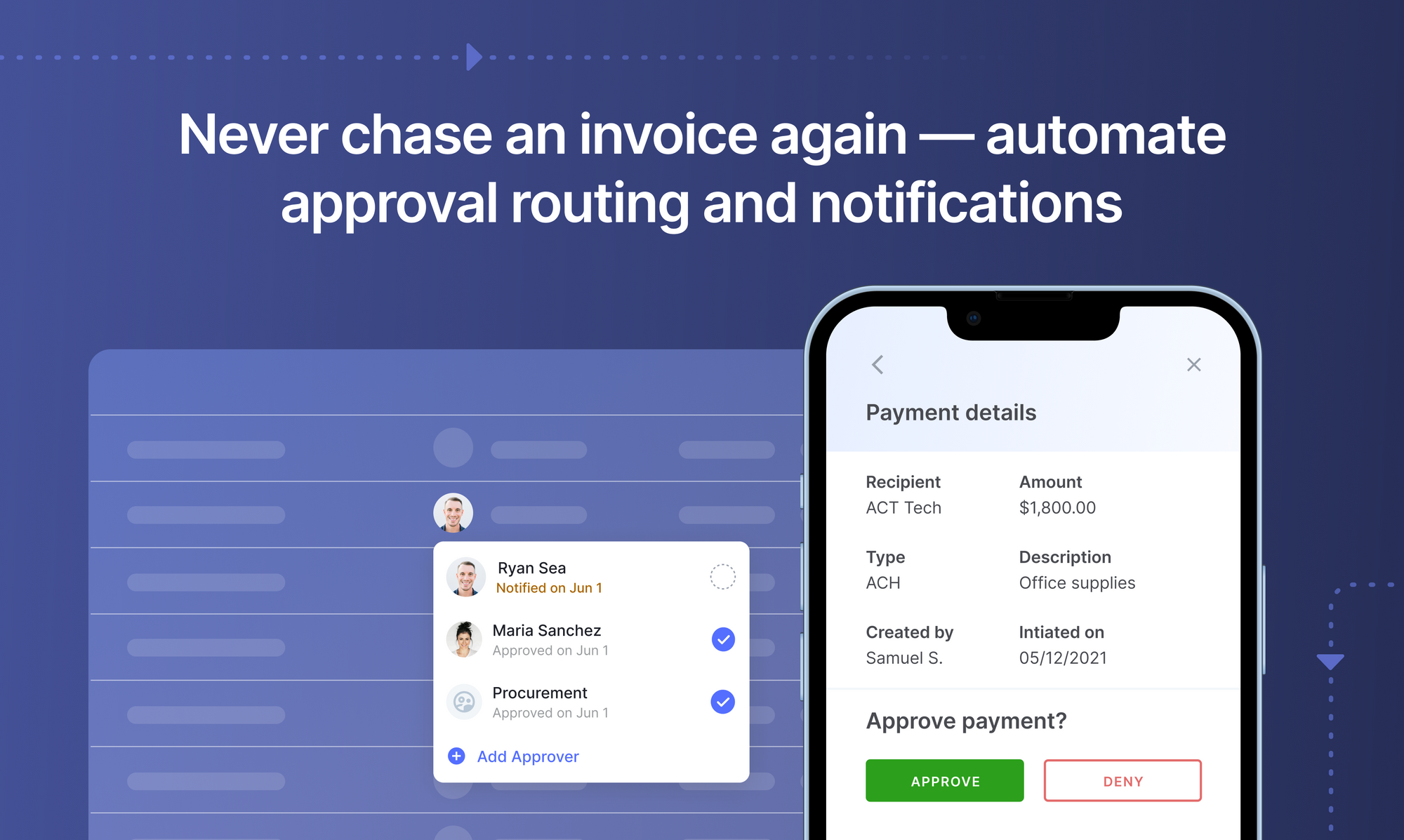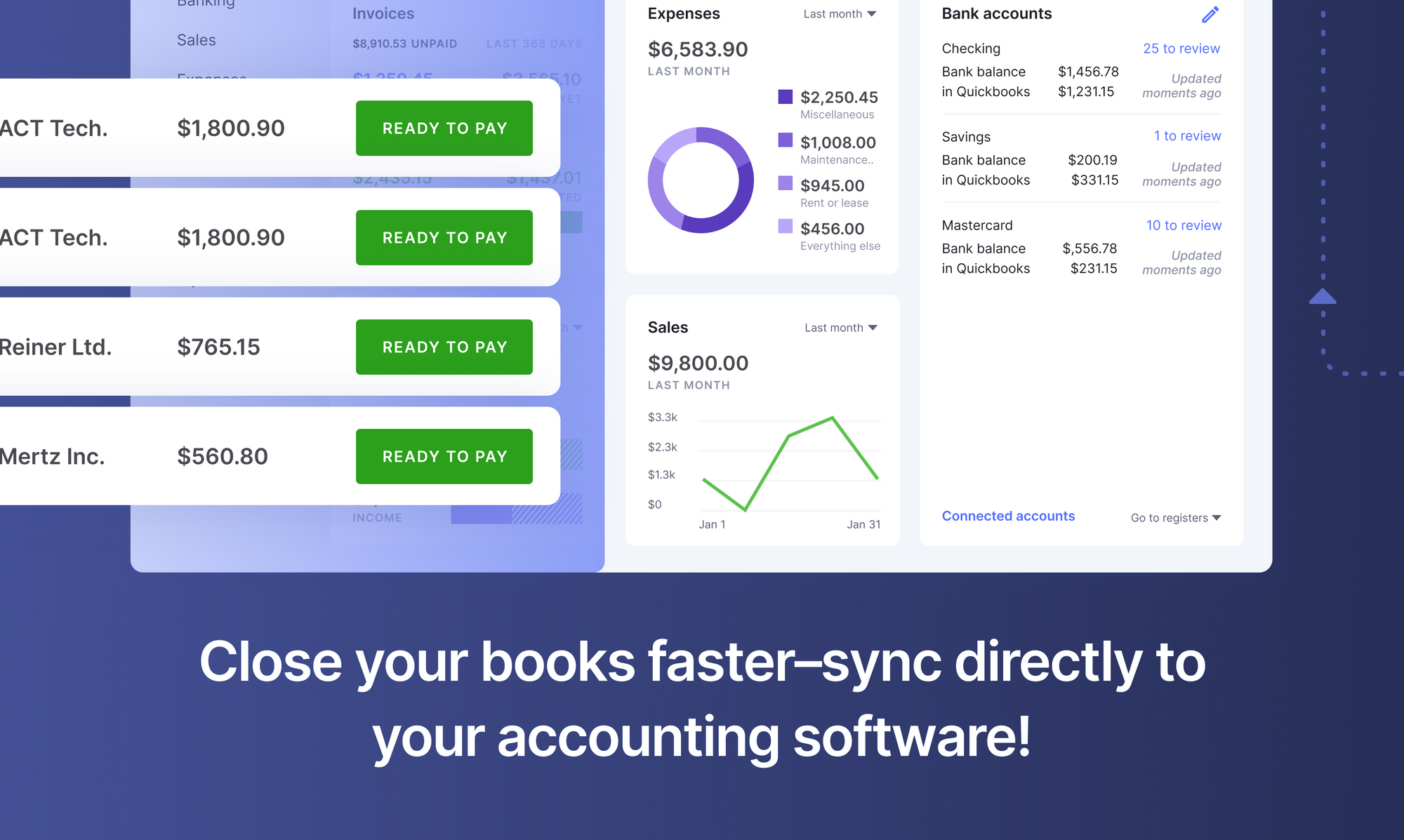
As a business often collaborates with third-party vendors, documentation and approval processes for purchases become a necessity to maintain collaboration and ensure a smooth supply-chain process.
Often businesses rely on a purchase order (PO) and its approval to organize business transactions, maintain good internal communication, and a strong vendor relationship.
What is Purchase Order Approval?
Purchase order approvals refer to the entire process commencing from the time a PO is created for approval, till the time it is accepted by the vendor. Only a proper purchase order that is approved internally as well as accepted by the vendor is termed as a legally binding contract for both the buyer and the supplier.
Purchase orders are an integral part of a procurement process and can help an organization streamline workflows and meet its business needs effectively. PO approvals ensure that business needs are met on time, good vendor relationships are maintained, and other processes such as invoice matching & invoice processing are easily integrated for better business efficiency.
To simplify the process further, businesses can issue a blanket purchase order (BPO) is a long-term contract between a buyer and a supplier that specifies the terms for purchasing the same goods or services at regular intervals.
The PO Approval Workflow
PO approvals may be done differently depending on the size of an organization. Though specifics can vary, the general purchase order approval process has a series of steps that remain similar between organizations. The process is usually as follows:
1. Identifying requirements and raising requests - The basis of a purchase order approval process starts with a product or service requirement. Once the need is identified, the concerned department raises a procurement request to the purchasing department.
2. Review purchase requests and pick suppliers - The purchase department reviews the raised request for validity and starts with the process of identifying the right suppliers. Supplier selection may be carried out by raising a Request for Proposal (RFP).
3. Purchase authorization - This step can involve one or more levels of authorization depending on the size of the purchase requests. While small purchase requests may be authorized by the purchase manager, highly-priced purchase requests need to be verified against budgets and may involve PO approvals from senior management levels. Requests can even be rejected if they are not considered necessary, are not within budget limits, or lack proper information.
4. Purchase order preparation - As soon as the purchase request is given the go-ahead, the PO is prepared by the purchase department. The PO can contain details including the buyer and vendor information, PO number, product specifications, delivery terms, and payment information. Once the PO is complete and ready, it is sent to the vendor for acceptance.
5. Vendor’s assessment of the PO - The vendor upon receipt of the PO, checks for outstanding dues if it is an existing buyer. For new customers, a detailed scrutiny of the buyer’s payment capacity is done.
6. Vendor Acknowledgement of the PO - If the PO information is correct, then the supplier approves it by signing the document. The PO then becomes valid and is deemed to be a legal contract between the buyer and the seller.
Looking to set up the ideal PO approval process? Book a 30-min live demo to see how Nanonets can help your team implement end-to-end PO and invoice processing.
The Varied Benefits of a PO Approval Process
A smooth and fast PO approval process can make procurement easier and ensure many advantages:
1. Saving on cost - The PO approval workflow can restrict unnecessary expenses for the company. Getting purchase approvals involves mandatory checks as to whether the product is already available in the inventory or whether it is really necessary. This helps to avoid unnecessary expenses or costs and also understand where the money is being spent.
2. Better operational efficiency - A proper and regulated purchase approval process brings less frustration, inefficiency, and results in faster PO approval times to complete the procurement process quickly.
3. Enhanced visibility - PO approval allows visibility into the company’s spend category. Organizations that rely on credit card purchases and supplier invoices are made aware of expenses only when the statement or invoice shows up. A PO approval on the other hand ensures that stakeholders are aware of committed spends to plan and execute budgets better.
4. Effective collaboration - A PO is a legal document that can provide information when required between internal departments as well as vendors. An approved purchase order goes through a meticulous process that ensures that there are no conflicts. Since everyone is clear on requirements and terms, it results in better accountability and efficient collaboration between the business and the vendors.
5. Facilitates easy audits - Having regulated PO approvals for purchase orders can be a boon while auditing. When every purchase goes through a PO approval process, the accounts payable team can easily match invoices to respective purchase orders and index them. This facilitates proper documentation and makes it easier during company audits.
6. Accurate forecast and informed decision making - When there is an established Purchase order approval process in place, forecasting and decision making become very easy. The stakeholders know exactly where the company has to spend, which type of purchases require frequent budget allocation, and can take informed decisions to improve business efficiency.
Set up touchless AP workflows and streamline the Accounts Payable process in seconds. Book a 30-min live demo now.

Automating the PO Approval Process
Like many business processes, the PO approval workflow too can be easily automated for it to be more effective.
But what is the need for automation and how advantageous is it?
Need for Automation
Digital PO processes are much faster and error-free which is why many companies choose automation of the purchase order approval process.
Manual PO approvals involve endless paperwork, are slow, prone to human error and delays which result in increased operational costs. Approval processing time too maybe longer leading to inefficiency within the organization.
Also, as companies expand with a global presence, it is difficult to enforce manual PO approval processes as it involves a lot of documentation and to-and-fro communication.
Automation helps in optimizing the PO approval workflows for the entire organization and brings with it a host of advantages.
Advantages of Automation
The advent of digital solutions and modern technology has made it easier to automate crucial business processes. Automated purchase order systems make PO approvals easier, faster, and profitable for organizations.
A few specific advantages of automating the PO approval process are:
- Time-Saving - Manual PO approval processes involve a heavy amount of paperwork each time. Automated systems offer a central location to store all relevant data that is accessible to anyone involved in the approval process. Cross-references and approvals consume less time bringing about more business efficiency than before.
- Reduces errors - Laborious manual processes are prone to human error. Digital solutions can use readymade templates or customized forms that can capture necessary data with minimized human interference.
- Paper-free processes - Automated solutions using digital documents reduce the need for manual paperwork, With the availability of digital data, printing documents are of lesser priority. Raised purchase requests can be sent back for changes, notifications can be enabled for different approval levels, and final approvals can be submitted without the need for paper.
- Ready invoice-matching - The purchase order approvals might necessitate compliance checks that include invoice matching. Since all related documents can be accessed through the digital database, it is easy to perform necessary scrutiny and prevent maverick spending and vendor fraud.
- Centralized data - Cloud-based automation enables internal data sharing globally across locations. Management too can access data across time zones anytime for instantaneous approvals facilitating better collaboration without delays.
Book this 30-min live demo to make this the last time that you'll ever have to manually key in data from invoices or receipts into ERP software.

Challenges in Automation
Though automated processes can make PO approvals easier, they are not without challenges. Newly automated PO approval processes may have glitches and not work properly initially. Taking feedback and fine-tuning improvements can be beneficial.
Common challenges in automation can be overcome by:
- Keeping it simple - Trying to automate all the processes may just become an overlord on the system. Start with simple steps and once everyone understands the working model, then proceed gradually into full automation.
- Investing in training - Providing training to employees handling PO approval processes is necessary to guarantee its effectiveness. Get all stakeholders involved to understand the system being implemented to avoid chaos and ensure a smooth PO approval workflow.
- Segregating approval levels - Not all purchases require manager-level approvals. Permissions can be set for small PO approvals to executive levels and costly purchases to managerial levels.
- Making space for exceptions - However, digitized the process might be, it is wise to factor in for exceptions. Exception handling must be documented and centralized for future references.
- Maintaining proper documentation - Audits will happen whether PO approval processes are manual or automated. Maintaining proper and relevant documents in a single location can make audits a breeze.
- Reviewing processes - Just because it is automated, it does not mean one can implement and forget about it. Reviewing the processes frequently can help in timely adjustments to increase its efficiency.
Conclusion
PO approval processes can increase business efficiency by streamlining workflows. Digitized solutions offer a distinctive edge over manual processes and can streamline and make the procurement process easy and effective. Automation is the need of the hour and can elevate organizations with perfect vendor relationships for better business growth and sustainability.